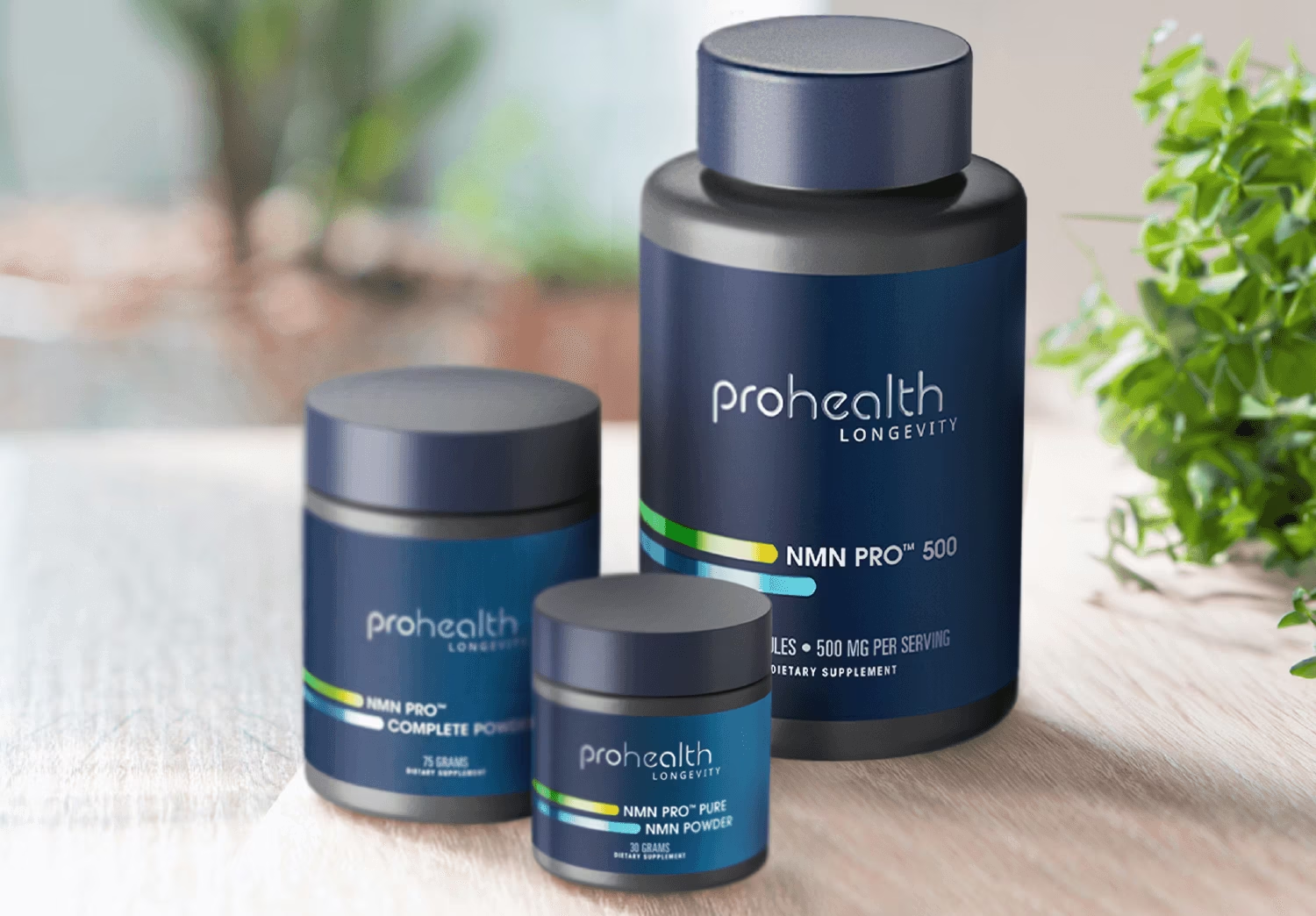One recent evening, a group of people got together for a Thanksgiving meal. But this wasn’t your average holiday gathering, it wasn’t even Thanksgiving. The location was a ranch house on the campus of University of Texas at Austin, where researchers and graduate student volunteers were gathered to test the air quality of a room billowing with delicious odors, conversation and contaminants.
The New Yorker’s Nicola Twilley was also there to report on their findings and discovered that “the combined emissions of humans and their daily activities—cooking, cleaning, metabolizing—are more interesting, and potentially more lethal, than anyone had imagined.”
In fact, the carbon dioxide produced during that Thanksgiving dinner alone shocked one pulmonologist Twilley spoke with. “Those kinds of levels will lower your cognitive functioning, at least in the short term,” Dr. John Balmes, of the University of California, San Francisco, told the reporter. “Whether it has any long-term effect, we don’t know.” According to one of the researchers doing emissions tests during the dinner, “the conditions inside the house had briefly exceeded those of the world’s most polluted city.”
It turns out that everything we do. from turning on the gas burner to wiping down a countertop, can contribute to air quality that’s anything but healthy. The problem is that while there’s plenty of scientific evidence on outdoor pollutants, the quality of the air indoors haven’t been as thoroughly researched until recently. And the more we learn, the more we’re realizing the threats to our health that exist in our very own homes. Here are some surprising culprits.
Cooking Stir-Fry in a Freshly Cleaned Kitchen
The team of researchers Twilley reported on discovered one of the biggest contributors to air quality contamination come from our stovetops. All those veggies may be nutritional, but the process of heating them can be detrimental to your health. When cooked on a gas burner, the stir-fry produced higher emissions than when cooked on an electric hot plate, researchers found. They also found that the air quality was more contaminated when the stir-fry was cooked shortly after someone mopped the floor with bleach-based cleaning products. As the chemicals interacted, they sparked higher levels of membrane-inflaming chloramines and nitryl chloride, a compound responsible for the kind of coastal smog Los Angelenos know all too well.
Frying, Grilling or Toasting Anything
Whether you’re cooking with gas or electrical appliances, these kinds of high-heat food preparations are responsible for a spike in “nitrogen dioxide, carbon monoxide and carbon dioxide, and volatile organic compounds,” according to the New York Times. You know that smell of burning fat or oil on a hot stove? That’s the odor of Acrolein, a compound found in World War One grenades, intended to irritate the eyes and lungs.
“Because we’re used to the smell, we don’t think of it as an issue,” Jennifer M. Logue, an air quality engineer at the Berkeley Lab, told the Times. “When you live in a small building, you cook a lot and don’t use your range hood, which may not be very effective anyway, then you’re probably going to have a problem with pollutants from cooking.”
Using Your Self-Cleaning Oven
All this time, we thought that a clean oven was a healthy oven to cook in. In fact, according to the California Air Resources Board (CARB), “self-cleaning ovens, whether gas or electric, can create high levels of pollutants as food waste is burned away.” When you’re exposed to these pollutants, you’re also exposed to everything from throat and nose irritation to headaches, fatigue and nausea. The symptoms can be even worse for young kids, asthma sufferers or those with heart or lung problems.
Cooking On a Sunny Day
This one is especially surprising and makes a good case for cooking at night. According to Twilley’s reporting, researchers found that light intensity—particularly sun filtered through windows—combined with gas stove emissions, created chemical reactions in the air that mimic urban smog.
So aside from ordering more Seamless delivery, how to keep your kitchen air safe from pollutants? The hard truth is that we’re still figuring that out and many of our everyday kitchen appliances aren’t equipped to tackle the possible health risks anyway.
“People don’t need to radically change their lifestyles,” Dr. Logue told the Times. “We need to change the building codes so that everyone gets a venting range hood.”
If you have a range hood with a fan use it. CARB suggests ensuring it vents to the outdoors rather than recycling the polluted air inside. Another tip? Use the back burners when you can, as the range hood has a better angle for effectively venting it. If you’re stove is hood-free, it’s time to get fan in your kitchen and open those windows to create better air flow.
Ultimately, nobody expects us to stop cooking like the kitchen ninjas that we are, and there’s no reason to call off Thanksgiving just yet. But being aware of the pollutants in our kitchen—and how to expel them ASAP—will make our homemade meals that much better for us in the long run.










